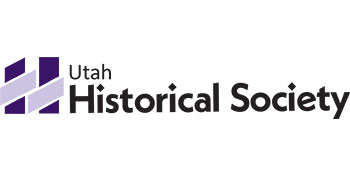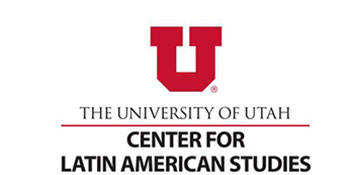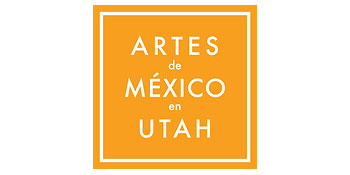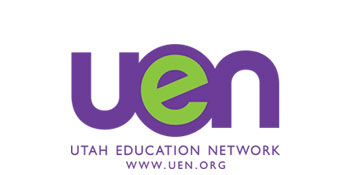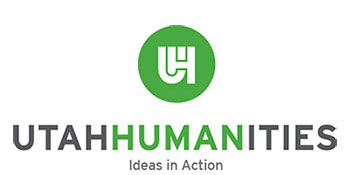Latino Resources
Find current, culturally appropriate resources for teaching and learning about Utah’s Latino communities, heroes and events. Check back regularly for updates and submit comments and suggestions here.
¡Bienvenidos!

Latino people have called Utah home since the Spanish first arrived centuries ago. Many Latino Utahns can trace their roots to this land deeper still through their Native American ancestry. From the myth of el Lago Teguayo to the San Rafael Swell, Latino culture and history is integral to Utah culture and history.
Latino people originate from 34 of the 35 countries in the Americas, including the United States. According to the 2020 US Census, Latinos make up approximimately18.7% of the national population. A Kem C. Gardner Policy Institute report notes Latinos form 15.1% of the Utah population with 40.1% of Utahns under 18 identified as Latino and Hispanic—the largest share of any other group, including White or Caucasian.
The vast majority of Latino people in the US are citizens or otherwise documented inhabitants, despite a common misperception. Another misperception is that all undocumented residents of the US originate from Latin America, yet roughly 22% are from Europe, Asia and Africa. As of 2020, Utah’s undocumented community amounts to less than 3% of the state population. Many of these people are Dreamers, youth who immigrated to the US as children and who have spent the majority of their formative years here.


Land Acknowledgment
Land acknowledgments are a way that people can show awareness of Indigenous presence and land rights in everyday life.
Partners and Collaborators:
The resources and historical information compiled in this website are the result of a collaboration involving Latino/a/x community members, educators, Utah Humanities, Artes de México en Utah, Utah Historical Society, Utah Division of Multicultural Affairs, and UEN. Contributors include Fanny Blauer, Armando Solorzano, Patricia Cortés Guadarrama, Jarred Roy Martinez, Luciano Marzulli, Franz Villate, Isael Torres, Jessica Garcia, Ciriac Alvarez Valle, Andrea Garavito Martinez, Andrea Hernandez, Claudia Loayza, Lyn Lizbeth Flores, Christian Hernandez Valenzuela, Anthony Nocella, Catherine Aviles, Vicky Lowe, Gustavo Ovando-Montejo, Monique Davila, Chris Gonzales, and Jorge Rojas. (Launched Fall 2022)


 UTAH EDUCATION NETWORK
UTAH EDUCATION NETWORK

 Justin
Justin Braxton
Braxton Dani
Dani Kayla
Kayla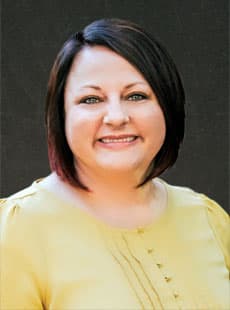 Katie
Katie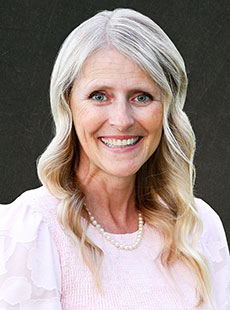 Lora
Lora Rob
Rob Val
Val

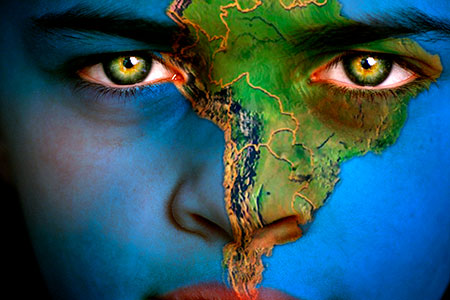 Identity Terminology
Identity Terminology Educator Resources
Educator Resources Student & Family Resources
Student & Family Resources